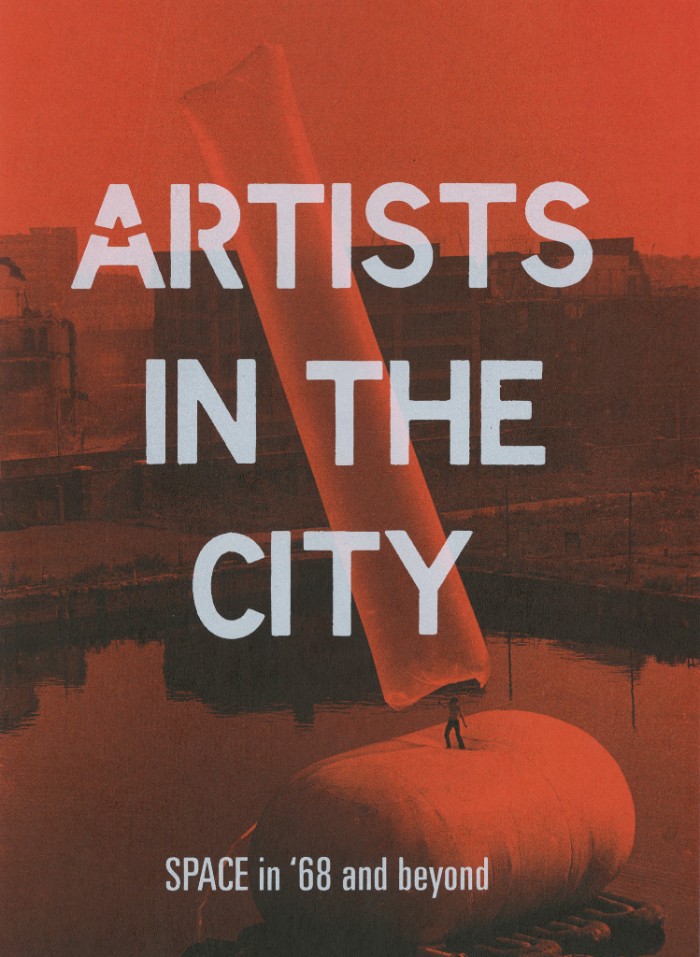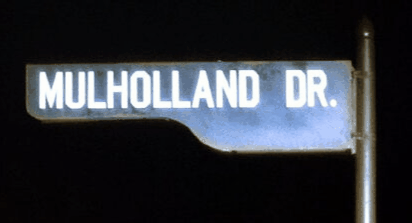Artists in the City: SPACE in 1968 and Beyond
Edited by Anna Harding
Designed by Modern Activity
Published by SPACE (Art Services Grants Limited)
ISBN 978-1-9999278-0-6
Distributed by Cornerhouse Publications, HOME, 2 Tony Wilson Place, Manchester M15 4FN. Price £19.95
SPACE’s 50th Anniversary Archive Display
SPACE Mare Street, London
19 January – 17 March 2018
 In celebration of SPACE’s 50th anniversary, a display in the project space presents previously unseen material from SPACE’s archive covering the years 1968-75 as well as photographs of early events and studio sites, capturing the founding years of SPACE and AIR, the Art Information Register which was the sister organization to SPACE. This material forms the basis of the book Artists in the City: SPACE in 1968 and beyond to be published in March.
In celebration of SPACE’s 50th anniversary, a display in the project space presents previously unseen material from SPACE’s archive covering the years 1968-75 as well as photographs of early events and studio sites, capturing the founding years of SPACE and AIR, the Art Information Register which was the sister organization to SPACE. This material forms the basis of the book Artists in the City: SPACE in 1968 and beyond to be published in March.
The book launch event is set for Saturday 17 March, followed by a panel discussion with selected contributors at Whitechapel Art Gallery on Thursday 22 March.
Neil Mulholland – The Unlearning Organisation: Cultural Devolution and Scotland’s Visual Arts 1967-2017
Building on primary research in CCA/GSA’s Third Eye Centre archive and interviews with key stakeholders, this chapter elaborates the ways in which visual artists based in Scotland developed their own civic infrastructure in tandem with the devolution of state arts patronage from London to Edinburgh from 1967 onwards. It demonstrates how the Keynesian arms-length principal inherited by the Scottish Arts Council (SAC) generated a productive tension with nascent Artist Run Initiatives (ARIs) in Scotland. With limited state support, artists successfully developed and ran their own platforms while the Scottish Arts Council founded and led more generously funded (competing) national and civic arts organisations.
Realising Tom Nairn and Bob Tait’s vision of a Scottish International, Scotland’s nascent ARIs bypassed official Scottish and British arts bodies, finding a blueprint and network for their activities in ARIs such as SPACE (London) and PS1 (New York City).
As a means of mapping means of production and systems of distribution over the past half century, the chapter presents snapshots of organisational change at pivotal moments in the devolution of the arts in Scotland: 1971, 1979, 1992 and 1999.
These case studies provide a basis for critical analysis of the devolution of the visual arts since the reconvening of the Scottish Parliament. Following political devolution in 1999, Scotland’s Governments have revoked JM Keynes’ arm’s length Patron State model in favour of the New Labour experiment with Structuration and creative economics that is Creative Scotland. Throwing SAC on the arms-length-bodies bonfire that has raged across R-UK, a centrist ‘creative economy’ model has been accelerated by the SNP.
In some respects, post-devolution Scotland is less devolved than it was in 1994 and, also, less democratically accountable. The chapter proposes that the Scottish Government may best unlearn the existing Union State apparatus by adapting the distinctive model of collaborative advantage that artists have developed to successfully govern their activities over the past 50 years.


